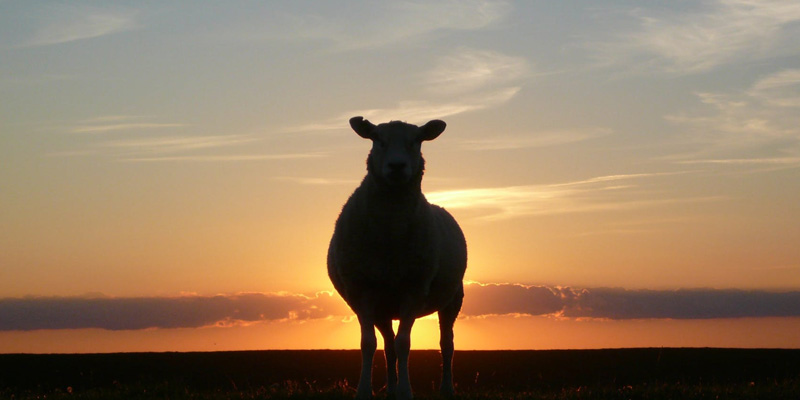Just saw DEVOTION and was impressed with all the live flying scenes and the attention to detail.
The ONLY historically inaccurate part was the parachutes worn by the heroes. They are recent production pilot emergency parachutes with full riser covers closed with Velcro. Since those riser covers open inwards, they are probably seats Softies made by Para-Phernalia in Arlington, Washington.
Korean War pattern seat-type PEPs have not been manufactured for many decades.
Rob Warner, FAA Master Parachute Rigger: back, seat and chest.
I just watched the movie last night. I didn't see any parachutes on the pilots. Also, seemed like he had plenty of time to jump out before crashing the plane. For that matter so did the other pilot with a good plane. What was I missing?
Yes, the hero had plenty of time to bail-out before he crashed. The key variable was altitude. He wasted too much time trying to glide towards allied lines before deciding to belly-land. Most pilots are reluctant to bail-out of damaged airplanes. Back during the 1960s, USAF study concluded that far more pilots would have survived if they had merely made the decision to bail-out or eject a couple of seconds earlier.
As for the second pilot arriving at the scene of the accident by parachute .... great in theory ... but impractical unless he had extensive experience with deliberate parachute jumps.
Finally consider that Korean War vintage parachutes were essentially un-steerable, so you were doomed to land on whatever terrain you opened over. Exit timing is critical and even a few seconds hesitation will land you in the trees. Trees greatly increase the risk of injury during landing. In comparison, landing a parachute in fresh snow has the least risk of injuries.
Corsair pilots wore seat pack parachutes. Their torsos were wrapped in harnesses, but the parachute canopy was packed into the seat cushion. Modern stunt pilots wore Softie Warbird seat packs during filming. If you know what to look for, you can see the green Cordura (nylon fabric) riser covers under their shoulder belts. Those riser covers protect the harness from sunlight damage and reduce the risk of snagging when bailing out during an emergency.
Many Navy pilots preferred to not strap on their parachute until they were high enough to bail-out. They figured that lacking a parachute would make for a quicker swim out if they had to ditch in the water immediately after take-off.

